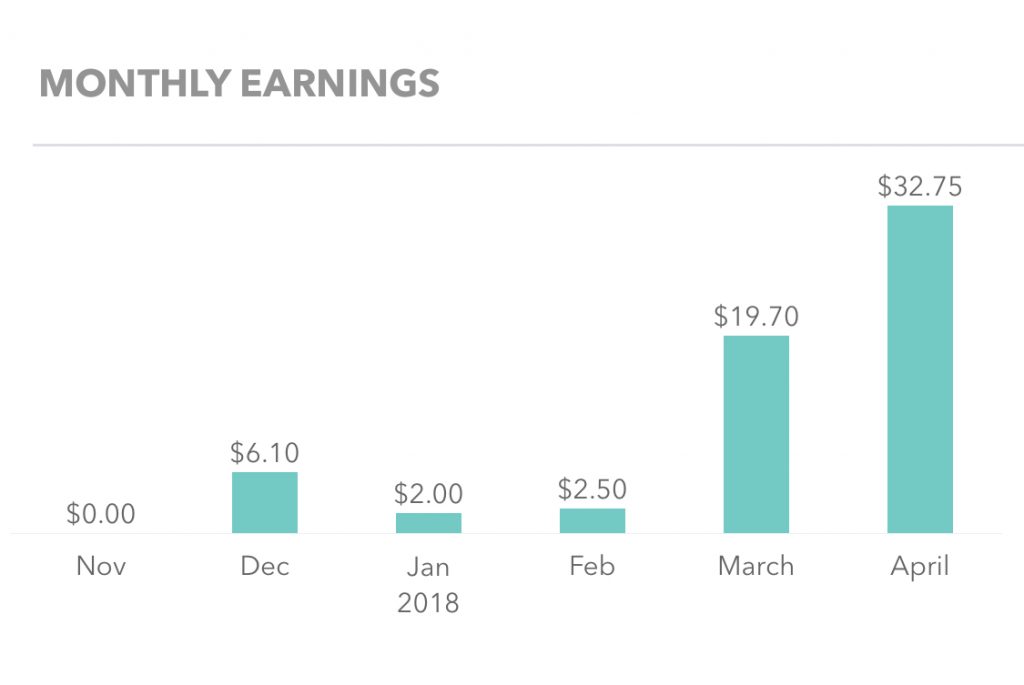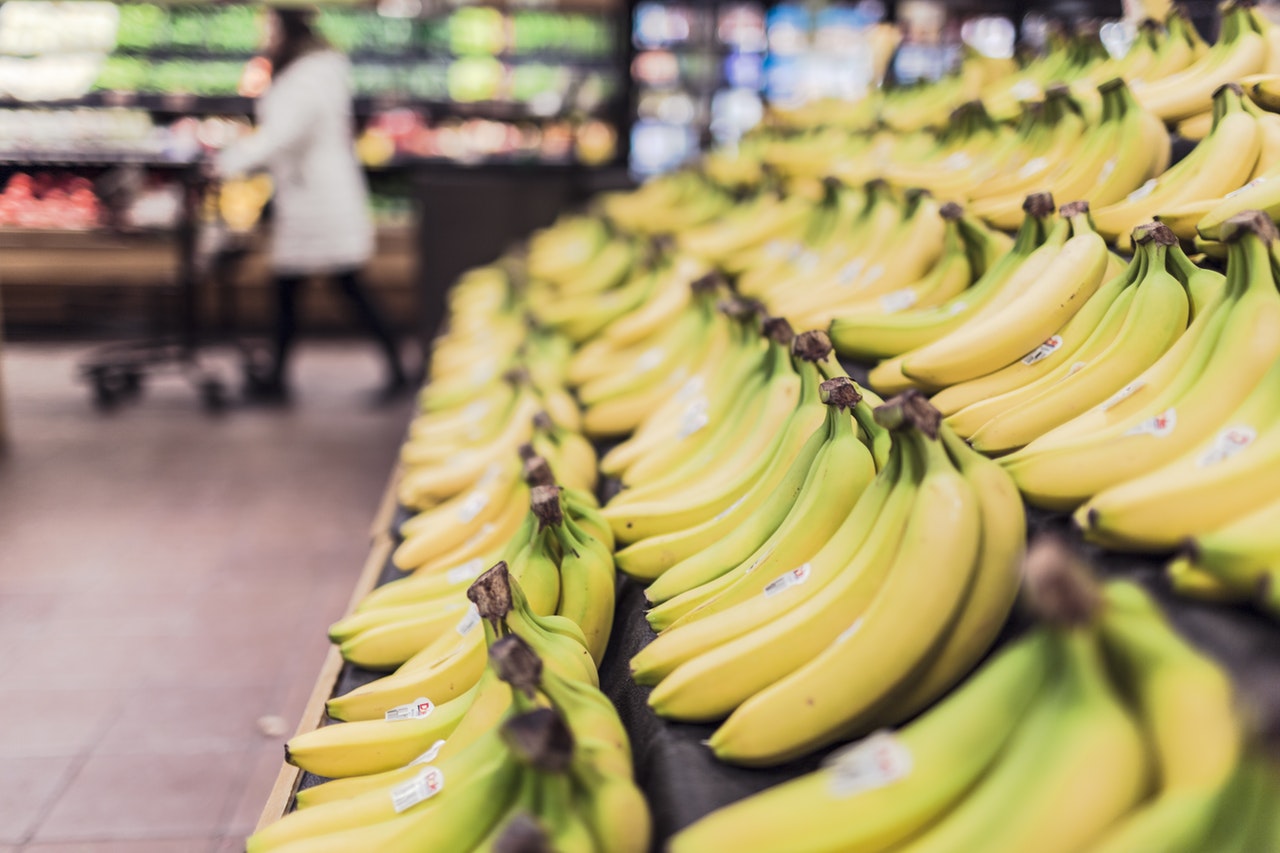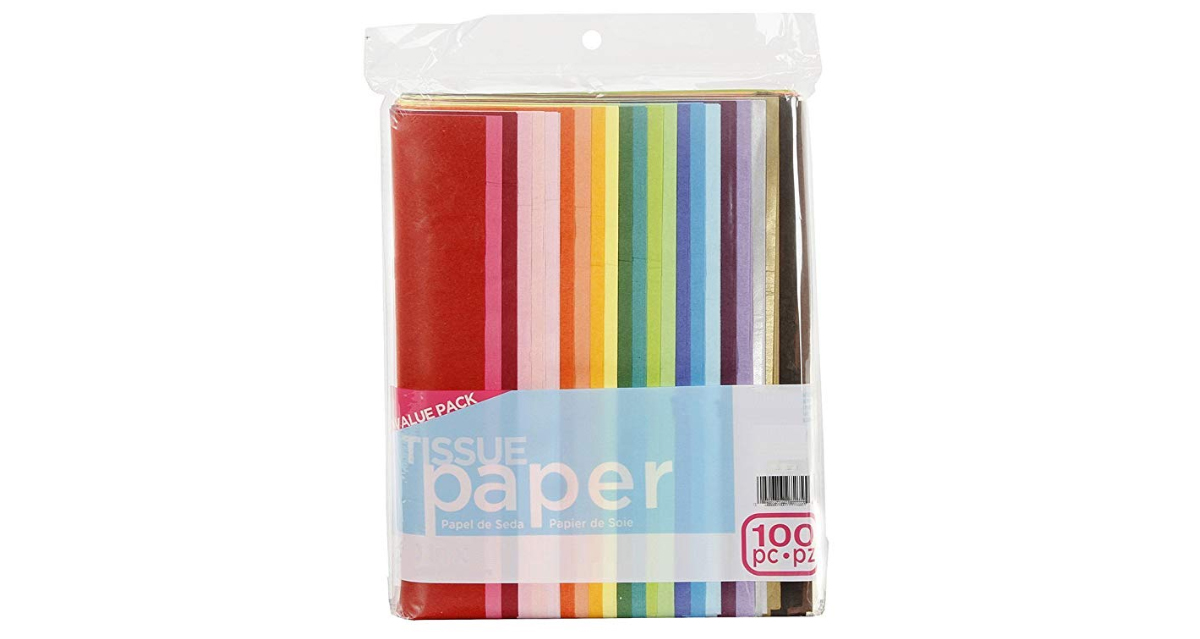We’re not extreme couponers. We simply don’t have the time for that. But, we do like scoring deals and keeping more of our hard-earned cash. Here are the things we do every week to help us save about $50/week at the grocery store = $2,600/year.
 1. We shop at the same time and day every week (usually as a family). This is usually Sundays, mid-morning. Takes about an hour from start to finish.
1. We shop at the same time and day every week (usually as a family). This is usually Sundays, mid-morning. Takes about an hour from start to finish.
This is key: we make grocery shopping a priority. We plan around it. By going weekly it keeps us from eating out and more money in our bank account. It also helps us to get up and move and burn calories. (Listen to a favorite podcast series I follow: Flipped Lifestyle, episode 184, if you want further advice on gaining back time to do the things that you want to do). When both adults are present, the baby is usually pushed in his stroller, the two-year-old sits in the front of the cart. When just one adult, we either do a solo trip, take one of the kids, or baby wear to free up the main part of the cart and our two-year-old “rides shotgun.” Not only does this get our kids used to shopping and sticking to a list and budget at a very young age, but we call it our “runner method.” When we’ve passed an area and forgot something on our list, the person pushing the baby in the stroller can run back to get the item, keeping the one with the cart moving forward. Having two adults also helps one tend to our recently potty trained toddler.
2. We plan out all of our week’s meals, as well as items we are low on, in advance of going to the store (allow about an hour for all of this).
- We use a weekly written planner for this. It stays on our kitchen counter all times, when it’s not with us at the store, to add items ad hoc.
- We look at our upcoming week’s calendar (our plans or potential plans) and the weather for the week (which would parlay into good nights for grilling out).
- We also examine what we already have on hand in our refrigerator, freezer, and pantry. We use this time to toss expired items, to make room ahead of returning home from the store.
- We sift through our paper coupons from the store we frequent (only keeping the ones we know we would use and are not yet expired).
- Next, we use the smart device app for the store we are shopping to browse their weekly circular (circulars typically start on Wednesday and end on the following Tuesday), coupons or rewards to apply from within their own app.
- Then, we look at the deals on smart device apps: Coupons and Ibotta. (Coupons is tied to your pre-existing store rewards card, so you will need to enter your phone number at checkout to reap these deals). We average about $15/week back in Ibotta rebates. Ibotta lets you transfer money to your PayPal or Venmo account anytime it’s over the threshold of $20. (See photo for an example of what we earned in just one week in March). There are many more couponing / reward apps out there, but these we’ve had the most success with and are our current favorites. (See “2019 Update” below the Ibotta Monthly Earnings screenshot).
Use my referral code of KRIGDAG to join Ibotta* – you may start off immediately with an incentive (whatever current promotion they are running) for doing so!
Just installed @IbottaApp at @SavingAmyBlog's suggestion (referral code: KRIGDAG) and I'm already earning cash on items I planned to buy anyway. Share on X
2019 Update: We also use the Fetch Rewards app in conjunction with Ibotta too. It’s essentially a rebate-style app, like Ibotta, except it rewards you in points for receipt uploads after purchases are made. Generally at least 25 points and more if you happen to buy any products with bonuses. Each point equates to $0.001. Then, you go into their Rewards catalog and redeem your accumulated points for tangible items and gift cards (like Amazon!) If you haven’t yet used Fetch Rewards, use referral code: J6GBV to join. We’ll both get bonuses for you doing so.
Just installed @FetchRewards at @SavingAmyBlog's suggestion (referral code: J6GBV) and I'm already earning points towards a rewards catalog - they have Amazon.com gift cards! Share on X3. On the back side of the weekly planner page, we jot down items not needed for specific meals (i.e., milk).
We have this broken out into the sections of the store (so we only have to examine the front and back of the page in each part of the store, instead of both pages, multiple apps, and paper coupons altogether). We have a section for: a) Produce / Deli, b) Meat, c) Packaged, d) Frozen, e) Baby / Household, and f) Dairy / Bread. Any items we already have at home we put parenthesis around. This lets us be aware of items needed for a meal, but that we aren’t shopping for them this given week. Any items that we’re buying because of a coupon or rebate, we denote the quantity needed for purchase, any specifics, and size, as well as putting a note for where the deal was found in case we need to re-examine it in the store: (P) = Paper Coupon, (C) = Coupons app, (I) = Ibotta app.
4. We focus on buying items on our pre-determined list. We don’t add items to the list just because there’s a coupon on Coupons, Ibotta, or paper (unless we need to know the original in-store price or deals to make a final decision). Occasionally we will add and try new items if the deal is substantial.
Example: We usually buy diapers online to maximize savings. Recently, I found a $5 rebate on Ibotta and $3 off coupon on Coupons for a box of Pampers Pull-Ups. This brought the box from $25 in store down to just $17. Another example was Ibotta having significant rebates on name-brand OTC pharmacy items. However, when we checked the items in the store for their original price, the store brand was still lower than that of the name brand, allowing us to skip the product altogether and purchase the store brand later when needed.
5. We buy staples when they go on sale. If we spot items in store that we know we use with great frequency, and the deal is too good to not pass up, we’ll make an exception and add those items to our cart on the fly.
Manwich. We love Manwich in our house. (And yes, we have tried the store brand and weren’t particular fans). This was recently on one of the apps to buy two and get one free. The deal was good a couple of weeks in a row, so we stocked up.
6. Buy store brands when a particular brand doesn’t matter.
If we don’t need a particular national brand, we opt for the store branded items. Much less expensive than their well-known / heavy-marketed branded counterparts and are often the exact same thing. Just a different label. And, take a guess who ultimately pays for that marketing?
7. Examine the sale stickers in the store closely, as you make your rounds.
Make sure you don’t actually have to buy a particular quantity of an item in order to get the deal. The sale tag will usually indicate the price for just one unit. On the other hand, if you see a deal in-store that is 4 for $5 and you also have a “buy 3 get one free” deal on Ibotta, you will need to buy 5 in order to score that double-deal. That’s four paid for and one free. I also recently found an in-store deal on Pampers for $20 off two boxes of Pampers. When I stacked this with both the deal on Coupons and the deal on Ibotta, I triple-stacked my savings.
8. Examine the per unit price.
Larger quantities are not always a good deal. Compare unit prices on tags to see which one buys you more per unit for your buck.
9. Examine expiration dates.
Since we know what nights we’re having what for dinner, it helps us to pick out produce, meats, breads, dairy with the furthest out expiration date. We know the items with the date furthest out are at the back, so we’ll sift through items to find the one that will last the longest. Stores often put the items that will expire first at the front for those people in a hurry that grab-and-go without examining the date. This has helped when a last minute change of plans ends up rearranging our week’s meals and we have to push items to hold off even longer.
10. Examine product labels.
If you’re watching your health, as you should be, pay particular attention to labels. Look for foods low in sodium, sugar, carbs (sugar), and calories and high in vitamins, protein, and fiber, if you’re selecting between multiple items. Don’t fall for the advertised hype on the front of the packaging, where they promote the one (or more) positive(s). Learn to read the nutritional labels. Many canned vegetables (and even potato chips) offer “lower sodium” choices and fruit cups with “no added sugar.”
11. This should be an obvious one, but don’t go into the store hungry.
Whether you have a list or not, you will end up with items in your cart that you really don’t need. Your eyes / stomach will take over. You’ve been warned!
12. Going in for just a handful of items? Don’t grab a cart nor a basket!
By carrying just the items you need, you won’t be tempted to grab ones you don’t. This works even at wholesale clubs too.
13. We reuse our own bags every week. Except for meat, where we use the store-provided plastic bags.
This cuts down on environmental waste and potential added costs of bags at the grocery store. In some counties near us, there is an imposed tax for plastic bags. I scored an insulated bag for our refrigerated goods at our local HomeGoods store on the cheap. The rest of our bags are Chico Bags, though pricey are extremely well made. I bought most of them when on clearance at our local REI store. They also run through our washing machine just fine, then we let them air dry. I’ve also heard really great things about CleverMade Snap Baskets, although we don’t own one quite yet. These bags stay at all times in the vehicle we most often use to grocery shop, so we’re in the habit of taking them into the store.
14. We take turns on who’s footing the bill, and that’s denoted on our “Meal Planning & Food Shopping” calendar reminder for Sundays.
We got married later in life, so most of our bills are split amongst us on a percentage that equals a fair percentage of our take home pay. (i.e., he picks up the mortgage, minimal utility bills – home phone, electric, water & sewage, auto / home insurance, I pickup daycare, kids’ apparel, family activities, short-term loans, etc.) But, we do take turns paying for groceries. Every other week, it’s one another’s turn. Our bill comes out almost exactly at $150 for the week and it’s nice to have some weeks off. This also ties nicely with getting paid every other week or twice per month. There’s an added benefit of turning our weekly shopping into a bit of a competition – to see who can save the most or have the lowest grocery bill!
If you listen to money-saving guru Clark Howard’s radio show, podcast, or TV segments, like I do, you’ll know he’s a big fan of having four bank accounts in a marriage: one combined for bills / expenses, one combined for savings, and finally one each for personal spending money. Our split bills method functions nearly the same as having one combined for bills without physically having it.
15. We save a separate shopping list of items we use with great frequency for a monthly trip to our Costco wholesale club.
Papertowels, toilet paper, dish soap, dishwasher detergent, clothing detergent, vitamins, etc. all tend to be less expensive per unit by picking these up when needed at our local Costco. Again, we take turns with footing the bill. When the monthly Costco deals flyer shows up, we go through it and circle the items that we need frequently. I mark our cloud-based calendar with the first and last day of the sale. This way we can stock up on items when they are at their absolute lowest.
Did you know? Costco members can purchase items through Google Express to have them delivered to their door. While not all Costco items are available for purchase this way, I’ve often found deals on free shipping or coupon codes for discounts off my entire shopping cart. Use my referral code of XU7SSK3YK for potential discounts off your first order with Google Express.
16. We’ve found a store that carries most of the products we need weekly, so we shop there and nearly only there.
While it’s not Aldi or Trader Joe’s in terms of savings, it offers the variety of items we need without multiple stops. (Remember, we do have two kids under the age of three! Some things just aren’t worth the aggravation!) Occasionally, depending on our specific week’s needs, we’ll venture to Trader Joe’s or Aldi for even greater savings (mostly because of their focus on store-branded goods).
17. We transfer the dinners, from the written weekly planner we took to the store with us, to our digital calendar in the cloud. We denote which of us is in charge of cooking each particular meal there too, as we rotate about every other night. This ensures we “eat in” as much as possible, sticking to our purchased items.
Our cloud-based calendar allows easy reference from anywhere for either of us parents. We actually set up a specific “calendar” for this so we can turn its view on / off as we need to reference it and it’s also super easy for us to shift the meals around as needed throughout the week with a simple click-and-drag.
Happy Shopping! Happy Savings!
Score a deal from my tips? Have more tips? Let me know in the comments below.
Additional Resources:
- Clark.com: 22 ways to save money on groceries
- Clark.com: Do you clean these reusable grocery bags every week? Here’s why you should
- Cheapism.com: 20 Tips for Saving Money on Groceries
- Kiplinger: Slideshow: 13 Secrets Shoppers Need to Know About Aldi
- Ibotta: How It Works
- Fetch Rewards: How It Works
- Southern Savers – great source for printable coupons
Social Follow and Share
When you don’t quite have the time for extreme couponing, following some basic steps will help you to stretch your hard-earned dollar. New on the blog. https://t.co/pwgNqoCuE7
— Saving Amy (@savingamyblog) April 4, 2018
Note: Affiliate off-site links are used in order to help support this blog site.
Saving Amy is a participant in the Amazon Services LLC Associates Program, an affiliate advertising program designed to provide a means for sites to earn advertising fees by advertising and linking to amazon.com.
*Please read Ibotta’s fine print. I’m quite sure they are selling your non-personal data (purchase data) to companies in order to target you with relevant advertising. For me, this is a small price to pay for the deals we get. You have to weigh the pros and the cons with any of these reward services. And, know that your data is being sold anyway (often by your store reward card or credit card company…everything leaves a digital footprint), so it might be nice to make some money off the sale of your data! Everyone wants a piece of your data – sell to the highest bidder is what I do. (This goes for sites like Ebates too).








